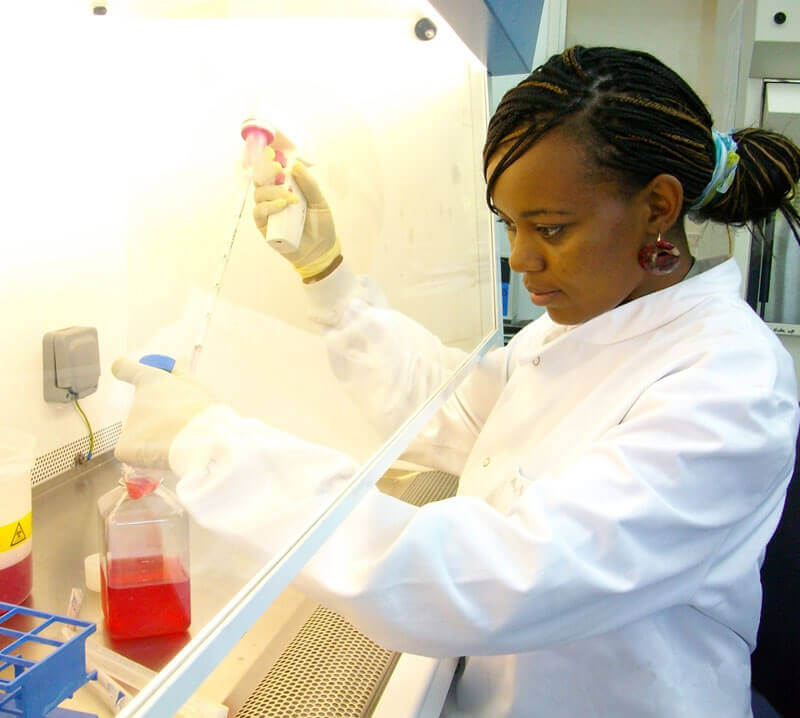Margaret McGlynnInternational Vaccine Institute
Margaret McGlynn is the President and CEO of the International Vaccine Institute, a nonprofit inter-governmental organization that works to develop vaccines against infectious diseases.
Margaret McGlynn is the president and CEO of the International AIDS Vaccine Initiative (IAVI). In this guest post to mark HIV Vaccine Awareness Day, she writes about the potential impact of a safe and effective HIV vaccine around the world. The post originally appeared on the US Agency for International Development’s (USAID) Impact blog.
Throughout my career, I have witnessed the tremendous power of vaccines to prevent sickness and save lives—delivering incredible victories for humanity against diseases such as polio, smallpox, and measles. These vaccines would not have been possible without the inspiration, persistence, and courage of researchers, volunteers, and health workers around the world.
And so today, on HIV Vaccine Awareness Day, I join countless others around the world in reflecting on what it would mean to see AIDS consigned to a list of former pandemics. To achieve that goal, it is essential that we enlist the participation of researchers around the world in the design and development of HIV vaccines.
Young researchers such as Gladys Njeri Macharia in Kenya—who has dedicated her career to exploring immune responses to HIV—will play an especially important role in that effort. And one day, critical scientific questions addressed by this research might help lead to an effective vaccine.

New modeling data available today from IAVI and the Futures Institute, with support from USAID, illustrates how a safe, preventive HIV vaccine that is accessible and affordable can help us end the AIDS pandemic. This information is available in a series of publications and an interactive web tool.
The potential impact of a vaccine is striking. Because HIV is so extraordinarily resistant to the immune response, it is highly unlikely that any single vaccine will be able to prevent infection by all variants of the virus. Still, our modeling shows that if an AIDS vaccine that is only 50 percent effective is introduced in 2020 to 30 percent of the population in low- and middle-income countries, 5.2 million new HIV infections could be averted over the first decade. Higher efficacy and more coverage would have an even greater impact on the pandemic.
The world must continue to scale up and improve the response to HIV by using powerful prevention tools that are currently at our disposal. These include condoms, treatment, and voluntary medical male circumcision. Our new models show that a vaccine can build on these existing tools and take us down the last mile to the end of the AIDS pandemic.
A 50 percent effective vaccine combined with greater use of current HIV-prevention tools could prevent nearly 20 million new HIV infections by 2030—20 million people that would not need to face the physical, emotional, and social hardships caused by the disease and could avoid lifelong, daily antiretroviral treatment to stave off AIDS-related illness or death.
This HIV Vaccine Awareness Day, IAVI and our partners remember those we have lost to AIDS, gain inspiration from those living with and combating the disease today, and look forward to building on the incredible momentum of recent discoveries and study results to deliver on the tremendous potential of an AIDS vaccine.
To access IAVI and the Futures Institute’s impact modeling publications and interactive modeling tool, visit www.iavi.org/